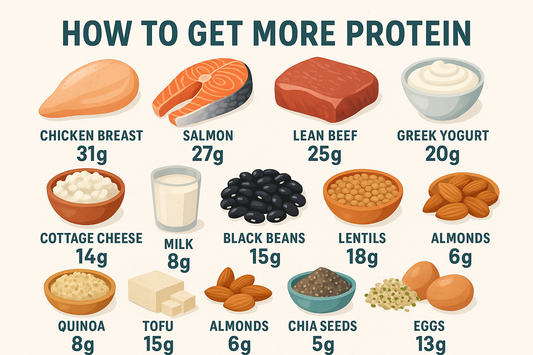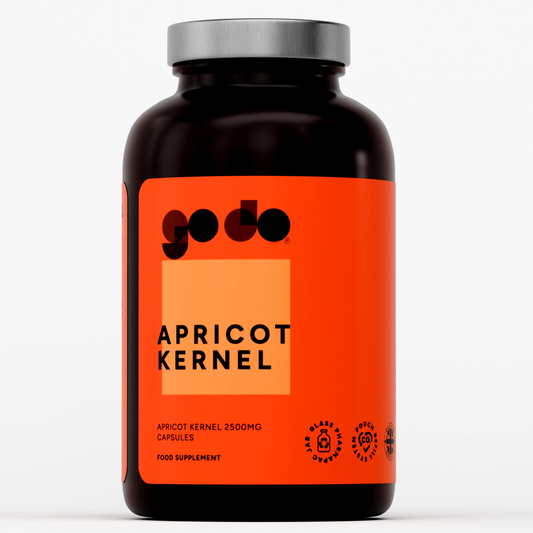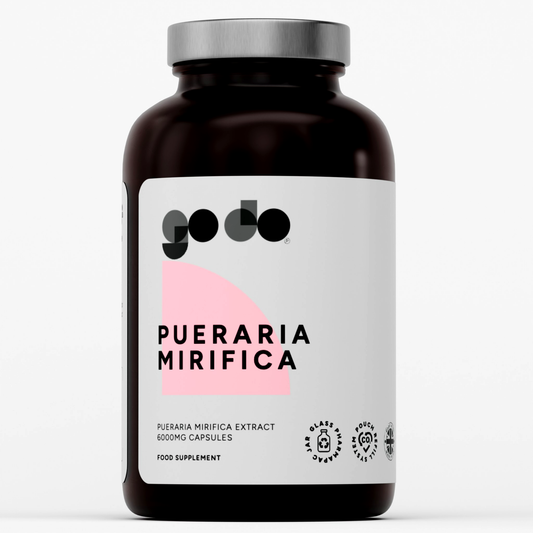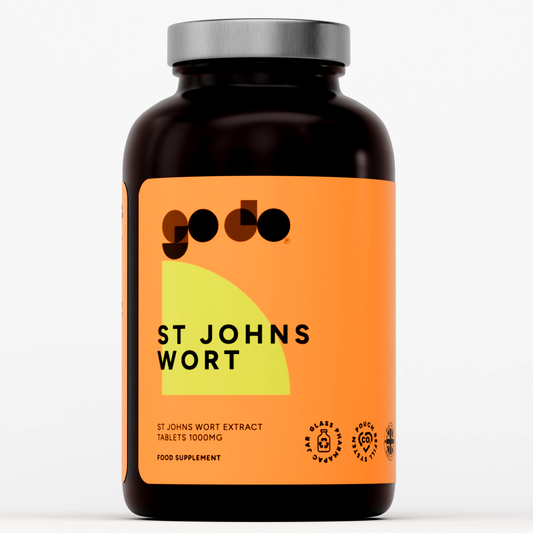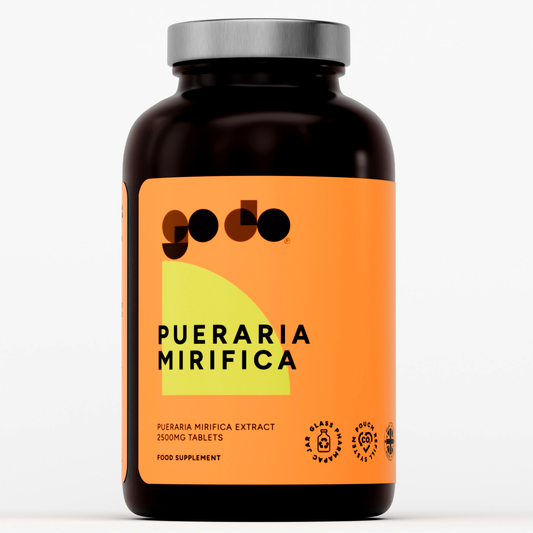What are Protein Bars and Their Health Benefits?
Protein bars are a convenient source of nutrition, but not all are created equal. They offer various health benefits, such as low sugar content, less fat loss high fiber, and balanced ingredient profiles, which contribute positively to digestion and overall well-being. They can be a quick way to add protein and other nutrients to a busy and active lifestyle. Many protein bars contain added sugar, which can increase the risk of fatty liver, obesity, and diabetes. High protein diets support healthy weight loss to a greater extent than diets containing a standard amount of protein. Protein bars can be a helpful addition to a balanced diet and regular exercise.

The Risks of Protein Bars
Many protein bars contain high amounts of calories, saturated fat, and ultra-processed ingredients.
Some protein bars can be high in sugar, which can lead to energy crashes and weight gain.
Excessive salt consumption can lead to high blood pressure and other health issues.
Some protein bars may contain artificial additives, preservatives, and sweeteners.
Choosing a Healthy Protein Bar
- Look for protein bars that are low in sugar and high in protein. Most protein bars are designed to be convenient sources of nutrition, but they vary significantly in protein content, calorie counts, and added sugars.
- Check the ingredient list for added sugars, artificial flavors, and preservatives.
- Choose protein bars that fit your dietary needs and goals.
- Consider the type of protein used, such as whey protein or plant-based options.
- Opt for protein bars with fewer than 200 calories per serving.
Who Can Benefit from Eating Protein Bars?
- Those who are unable to regularly eat enough protein due to decreased appetite or illness.
- The recommended protein intake can vary based on an individual's body weight, with guidelines suggesting specific amounts per kilogram for different population groups.
- Those with increased protein needs due to high-intensity exercise.
- The elderly, who may have a greater need for protein but a lower appetite.
- Individuals looking to lose weight or gain muscle mass.

Nutritional Comparison with Whole Foods
Protein bars are often touted as a convenient and portable source of nutrition, but how do they stack up against whole foods? While protein bars can pack a punch in terms of protein content, they often fall short in providing the essential nutrients and fiber found in whole foods.
Take, for example, a medium-sized apple. It contains about 0.3 grams of protein, 0.2 grams of fat, and a whopping 4 grams of fiber. In contrast, a typical protein bar might offer 20 grams of protein, 8 grams of fat, and only 2 grams of fiber. While the protein bar clearly wins in the protein department, the apple provides a more balanced mix of nutrients and a significant amount of fiber, which is crucial for digestive health gain weight too.
When comparing protein bars to other high-protein whole foods like lean meats, fish, and eggs, the differences become even more apparent. A 3-ounce serving of grilled chicken breast, for instance, delivers 26 grams of protein, 3 grams of fat, and 0 grams of fiber. While a protein bar might offer more calories and a similar amount of protein, it often comes with more fat and less fiber.
Moreover, many protein bars are highly processed and contain added sugars, artificial sweeteners, and unhealthy fats. Whole foods, on the other hand, are generally less processed and provide a more natural source of nutrients. So, while protein bars can be a nutritious snack convenient option, it’s essential to balance them with whole foods to ensure a well-rounded and nutritious diet.
Impact on Digestive Health
Protein bars can be a double-edged sword when it comes to digestive health. On one hand, they can offer benefits like added fiber and probiotics, but on the other, they can also contain ingredients that may cause digestive discomfort.
Some protein bars are fortified with fiber, which can help promote digestive health and support stable blood sugar levels. Additionally, protein bars good those that include probiotics or prebiotics can foster the growth of beneficial gut bacteria, contributing to a healthier digestive system.
However, not all protein bars are created equal. Many protein bars are high in sugar, artificial sweeteners, and unhealthy fats, which can disrupt digestive health and lead to issues like bloating, gas, and diarrhea. Ingredients such as sugar alcohols (e.g., xylitol or sorbitol) are commonly used as sweeteners in chocolate chips but can cause digestive distress in some individuals. Similarly, whey protein, a popular ingredient in many protein bars, can be difficult to digest for those with lactose intolerance.
Moreover, protein bars that contain milk or white chocolate, can be high in added sugars and unhealthy fats, further complicating digestive health. High protein diets, while beneficial for muscle building and weight loss, can also strain the digestive system if not balanced with other nutrients.
To minimize potential digestive issues, it’s crucial to choose protein bars made with wholesome ingredients and consume them in moderation. If you have specific digestive concerns or sensitivities, consulting with a healthcare professional or registered dietitian can help you find the right protein bar for your needs.
In summary, while protein bars can be a convenient source of protein, it’s essential to select options that support digestive health and fit into a well balanced diet.
How to Use a Protein Bar Safely
- Consume protein bars as part of a healthy, balanced diet, not as a substitute for whole food.
- Be mindful of sugar, carbohydrate, and fat content, and consider individual health and fitness goals.
- Eat a protein bar one or two hours before a workout to increase performance and energy levels.
- Leave plenty of time to digest to avoid cramps and stomach issues.
Tips for Selecting the Best Protein Bar for You
- Consider your personal requirements and goals.
- Look for a product that fits your dietary requirements and double-check allergen labeling.
- Buy from a reputable company, ideally based in Europe.
- Check the ingredient list for natural ingredients and no artificial preservatives.
Making Your Own Protein Bar: A Healthier Alternative?
- Making your own protein bars can help you control the ingredients and nutritional content.
- Choose protein powder, oats, nut butter, desiccated coconut, and dried fruits as ingredients.
- Measure out your portions and consider the nutritional content of each ingredient.
- Opt for protein bars that are high in protein and low in sugar.
Common Mistakes to Avoid
- Exceeding the recommended daily intake of protein (55g for men and 45g for women).
- Not reading the label and sticking to the recommended serving size.
- Not being mindful of other protein sources in your diet.
- Relying too heavily on protein bars as a meal replacement.

Eat Protein Bars Wisely
- Eat protein bars in moderation as part of a healthy diet.
- Choose protein bars that are low in sugar and high in protein.
- Consider your individual health and fitness goals.
- Don’t rely on protein bars as a substitute for whole food.
Conclusion
Protein bars can be a healthy snack option, but choose wisely.
Select protein bars that fit your dietary needs and goals.
Look for protein bars that are low in sugar and high in protein.
Consider making your own protein bars for a healthier alternative.



